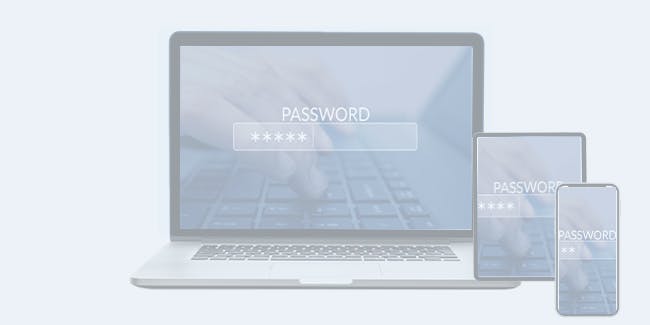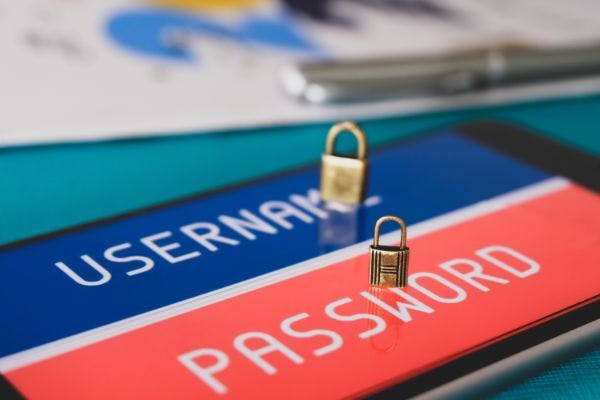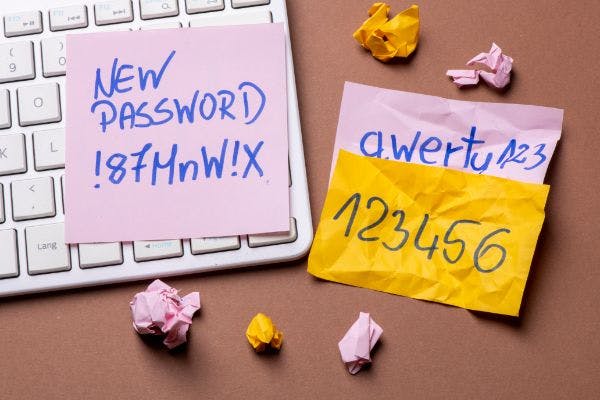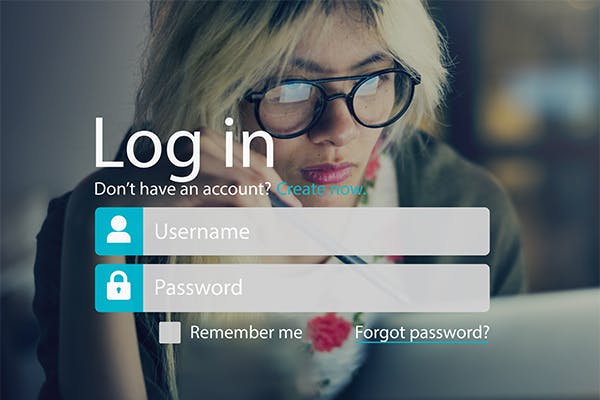
Keeper Password Manager
- Exceptionally strong security
- User-friendly interfaces with fingerprint and facial recognition logins
- Zero-knowledge model ensures only the customer has access to passwords
- Family account makes sharing across members easy
- Offers extra features such as secure file and photo storage
- Some users report buggy or inconvenient form-filling experiences
- Minimal free plan offers little value (limited to one device with zero syncing)
- Some users report slow customer support response times
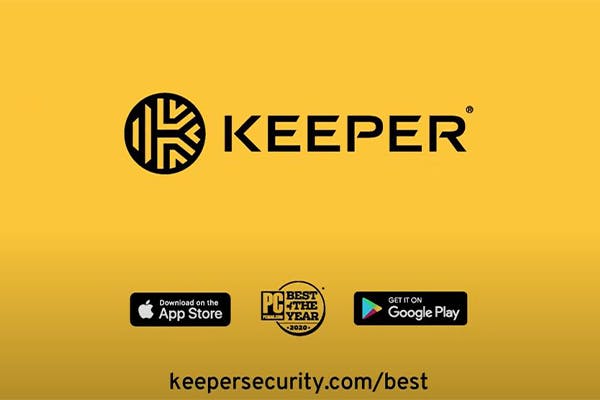
Keeper


